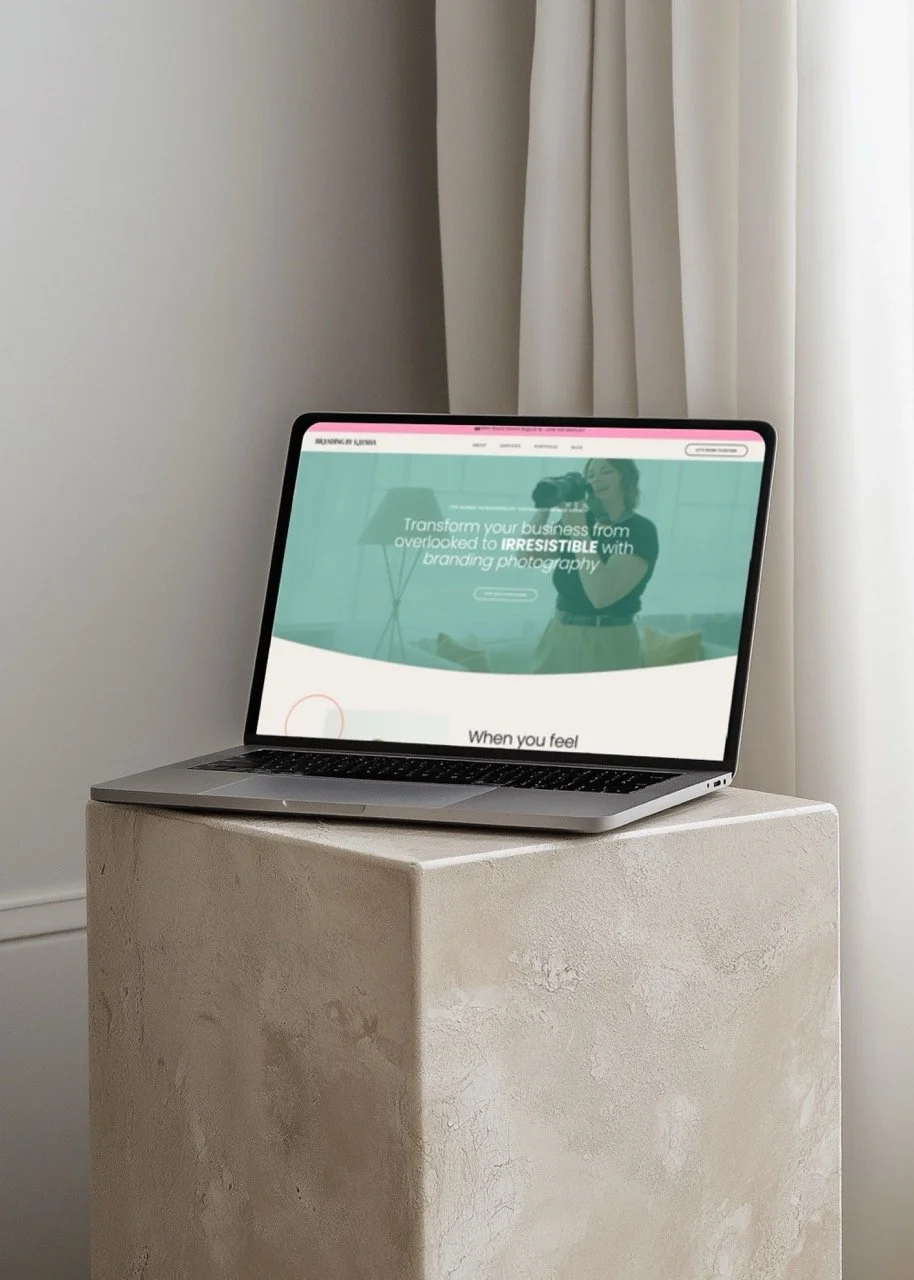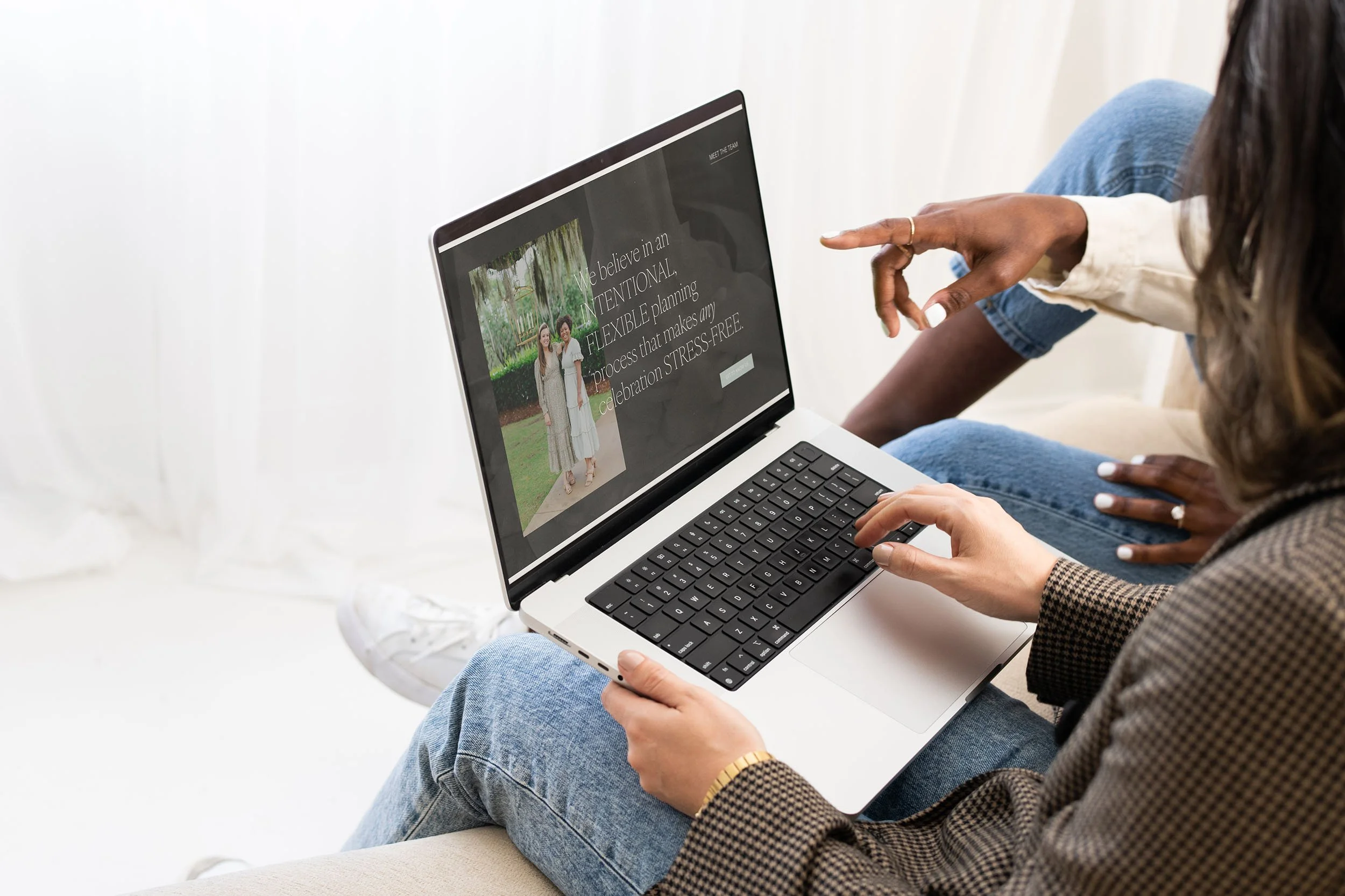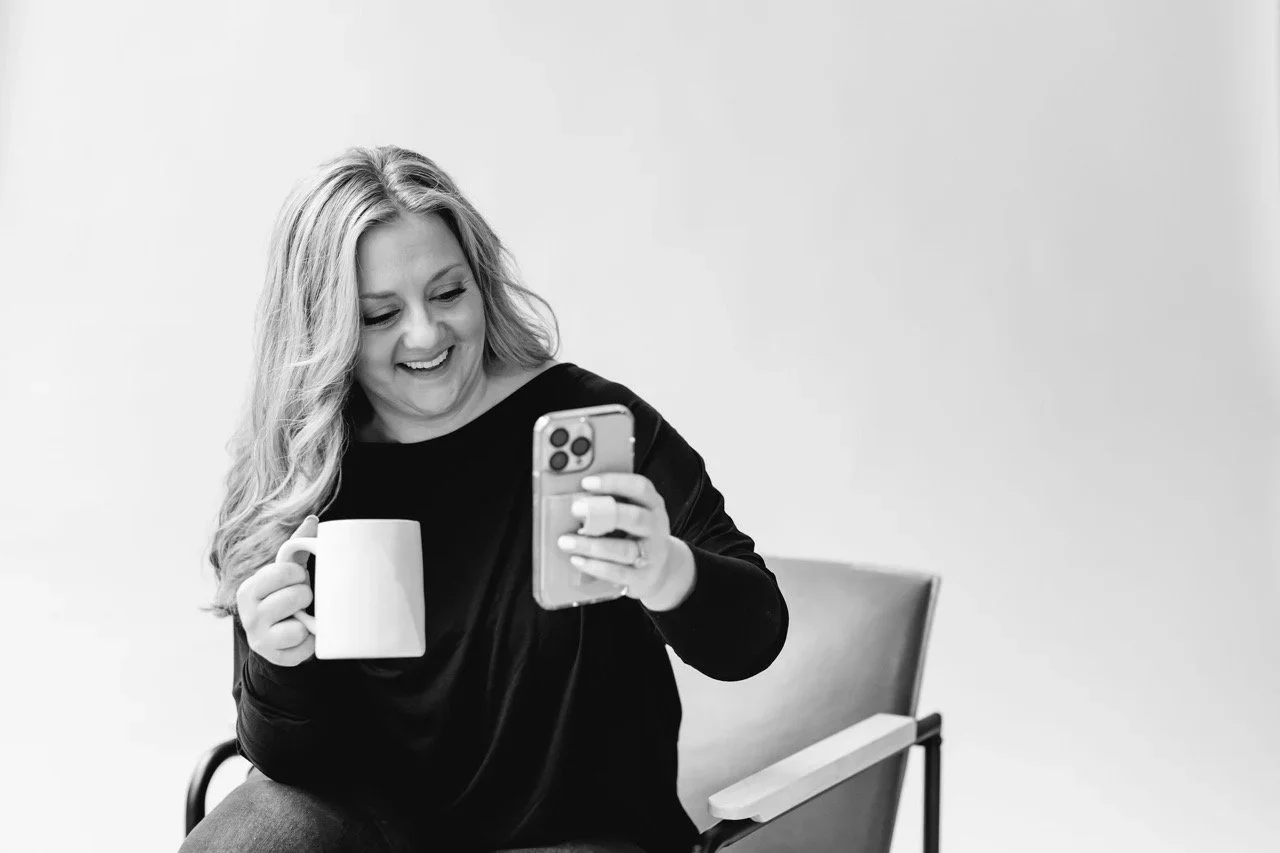
BRANDS and WEBSITES with BRAINS and BEAUTY
For female powerhouses who are ready for a brand that works as hard as they do.
Beautiful, strategic brands and websites that aren’t just stunning; they’re built with SEO and structure so you’re trusted, found, and chosen by the right clients and customers.
Custom sites in Squarespace, Showit, Shopify, Webflow, and WordPress (with Elementor)
You’re ready for more than “pretty”
You already know your brand and website matter. What you need now is one that feels as elevated as your work—beautiful design paired with the strategy and SEO to back it up.
I design brands that look editorial and magnetic, while working hard behind the scenes to build credibility, visibility, and growth.
Because your next client shouldn’t just find you. They should choose you.
WHAT SETS SUNDAY MUSE APART
Beauty, strategy, and visibility… all in one place.
At Sunday Muse, design is never just about looking good. Your brand needs a foundation of strategy, credibility, and visibility to actually support your growth. That’s why every project I take on blends editorial-level beauty with the structure and SEO that helps you get found, trusted, and chosen.
Strategic positioning → aligns with your expertise and where your business is now
Editorial design → creates instant credibility and a brand you’re proud to show off
Clear messaging → sounds like you and converts visitors into clients
Smart website structure → guides people seamlessly from first click to booking
SEO foundation → builds long-term visibility so clients can find you without the hustle
You get: a brand and website that doesn’t just look elevated, it opens doors, supports premium pricing, and makes it easier for the right clients to say yes.
THE WORK SPEAKS FOR ITSELF
I’ve partnered with founders across industries to create brands and websites that match the level of their work. Each project blends editorial beauty with strategy and SEO, making their businesses easier to trust, easier to find, and easier to say yes to.
The Subtle Search
Brand Strategy, Brand Identity, Copy, Website, SEO
More coming soon
Branding by Kaysha
Brand refresh, website, SEO
More coming soon
olivia lauren events
Brand Styling, Website, SEO
More coming soon
The Lines by Natalia
Brand Identity, Website, Course Hub
More coming soon
Brand Strategy
—
Brand Identity
—
Website Copywriting
—
Website Design & Development
—
SEO Services
—
Ongoing support
—
Brand Strategy — Brand Identity — Website Copywriting — Website Design & Development — SEO Services — Ongoing support —

How we can work together—
Whether you’re looking for expert insight, a focused intensive, or a full custom project, there’s a clear path forward with Sunday Muse.
BRAND CLARITY & FOUNDATION
BRAND & WEB DESIGN INTENSIVES
CUSTOM PROJECTS (BRANDING, WEBSITES, SEO)
THE ELITE EDITION
Brand Strategy
—
Brand Identity
—
Website Copywriting
—
Website Design & Development
—
SEO Services
—
Ongoing support
—
Brand Strategy — Brand Identity — Website Copywriting — Website Design & Development — SEO Services — Ongoing support —
Free Brand Challenge—
Not sure what makes your brand the choice?
Most business owners skip the foundational work… not because they don’t care, but because they’re not sure where to start.
The Spotlight Challenge helps you get unstuck, uncover what really makes your brand magnetic, and walk away with a focused next-step plan that doesn’t live in a Google Doc graveyard.
In just 5 days, you’ll:
Define what you want your brand to actually support
Spot the patterns behind your most aligned clients
Articulate what sets you apart — without the fluff
Build a brand presence that feels like you and works like marketing
Know exactly what to do next
Ready to stand out for all the right reasons?
Love note from past client
"FOR THE FIRST TIME, I FEEL LIKE MY BRAND IS REALLY WHO I AM"
"I've never worked with someone who is as excited and passionate about my own brand as Shannon is. She truly understood how to make my website stand out in a crowded market while still feeling authentically me, and now I'm proud to share it with potential clients rather than nervous about looking like every other person in my industry."
—SAVANNAH WARD
Meet Shannon
Hey—I'm Shannon. Strategic designer, former writing teacher, recovering wedding planner, and the founder of Sunday Muse.
I created this studio for founder-led businesses with real traction…brands that deserve to look as credible and elevated as the work behind them.
My approach is simple: strategy drives every design decision, beauty matters, and SEO makes sure the right people find you.
Everything I create is built to make your next phase of growth easier, not harder.
A brand with brains and beauty, designed for you.
You’ve built something real. Now it deserves a brand and website that feel as polished as your work and as strategic as your vision. Editorial design, smart structure, and SEO woven together to help you get seen, trusted, and chosen.












